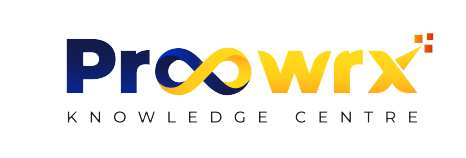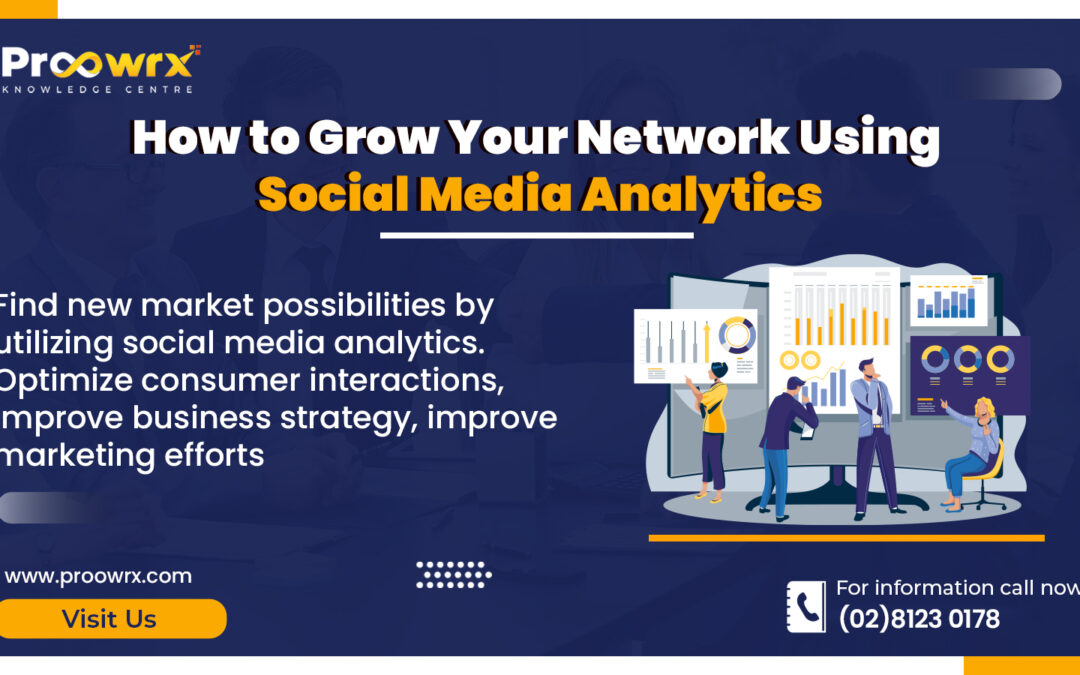For the vast majority of people globally, social media continues to be one of the most important sources of information. Some lose their appeal with time, like Google+, assuming you can still recall that kind of network, while others gain popularity over time, like Instagram or TikTok. Nevertheless, everyone can now create and distribute content in a matter of seconds since the world has turned to a mobile-first environment. To maintain alignment with their target audiences, marketers need to expedite their efforts towards social media analytics.
The majority of companies utilise social media as a marketing tool, sometimes overlooking the fact that communication is the primary function of these platforms. One may contend that social media has grown unduly commercialised, given that you can now make purchases straight from Instagram by utilising the platform’s shopping tags, for instance. The real value, though, is in the customer insights that companies might find via social media listening tools—a benefit that might not be immediately apparent.
You may optimise consumer interactions, improve business strategy, improve marketing efforts, and find new market possibilities by utilising social media analytics. You may use insights from social media sites like Facebook, Instagram, LinkedIn, and Twitter to help you make data-driven decisions that will advance your business.
Gaining Control over Fundamentals of Social Media Analytics
It’s critical to appreciate the scope and complexity of social media analytics before getting into the details. To make decisions, this entails compiling and analysing data from the social media profiles of your company. How can you begin using this tool to its full potential? Here’s a methodical technique to help you go that way.
Recognising Important Metrics for Useful Information
Engagement Rate
The number of likes, shares, comments, and retweets your material receives is measured by the engagement rate.
A high amount of engagement indicates that your material is important and compelling to your audience.
It displays the degree to which your audience interacts with your material.
Divide the total number of followers by the engagement (likes, comments, and shares) to determine the engagement rate. Then, multiply the result by 100 to obtain the percentage.
Reach
The number of users who have visited your post is shown by its reach.
Measuring brand recognition and distribution efficacy requires an understanding of reach, which aids in estimating the audience your material might reach.
Reach statistics on social media networks usually represent consumers who have viewed your content.
Click Through Rate (CTR)
CTR is the proportion of impressions that a person receives in your post and clicks on a link.
A high conversion rate (CTR) indicates that your content is interesting and promotes user involvement, which is important for marketing initiatives that aim to increase website or landing page visitors.
Calculate CTR by multiplying total clicks by total impressions.
Conversion Rate
The percentage of people who clicked on a link in your social media post and finished the targeted activity (such as subscribing to your newsletter or completing a purchase) is known as the conversion rate.
This indicator assesses how well your social media marketing is producing results that support your company’s goals.
By dividing the total conversions by the total clicks and multiplying the result by 100, you can find the conversion rate.
Rate of Audience Growth
This gauges how rapidly your social media following is expanding over a certain period of time.
A steady and rising audience growth rate is a sign that your company is getting more exposure and fans.
The audience growth rate is calculated by multiplying the total number of followers at the start of a given time by the number of followers gained during that period, and then dividing the result by 100.
Interpreting Data Beyond Numbers
Analytics is more than just numbers. These measurements have narratives that provide light on the situation. Effective data interpretation requires a broad viewpoint that goes beyond statistics.
Make use of your analytics to spot patterns over time. For example, if campaign engagement rates spike, identify the successful elements and incorporate them into subsequent campaigns.
Metrics let you identify patterns in your audience. This helps create content that is more engaging and has a higher conversion rate by matching it to their expectations and areas of interest.
Make use of analytics to determine which content formats—text postings, photos, and videos—your audience will find interesting. Use this data to inform your approach in order to optimise effect.
In the midst of the COVID 19 Peloton’s difficulties, social media engagement for a fitness company increased noticeably. By improving their online courses and interactions, they took advantage of this trend and saw a significant increase in audience size as well as increased brand loyalty.
Navigating Social Media Analytics Wisely
Although analytics technologies provide valuable insights, their efficacy may be compromised by some common flaws. The following are major hazards to avoid:
Neglecting Negative Feedback
Overemphasising Vanity Metrics
Skilled Guidance for Social Media Analysis
To optimise the potential of social media analytics, take into account the below suggestions:
For in-depth insights and efficient data management, spend money on advanced analytics platforms like Hootsuite, Sprout Social, and Google Analytics.
To evaluate your performance against rivals, compare your measurements on a regular basis with industry norms.
Use A/B testing for your articles to find the best time or topic to interact with your audience.
To ensure that analytics results are in line with corporate objectives, collaborate with the marketing, sales, and customer support departments.
Make sure everyone on your team understands how to use analytics tools and analyse data.
Bottom Line
When used properly, social media analytics may yield insights that greatly accelerate business growth. You may transform raw data into workable solutions by understanding measurements that reveal fascinating tales behind the data, avoiding typical pitfalls, and paying attention to professional guidance.
By incorporating social media analytics into your business strategy, you may improve marketing results and make more educated decisions based on data. As a founder, you can use these insights to improve operations, develop a loyal customer base, and promote long-term company success.

